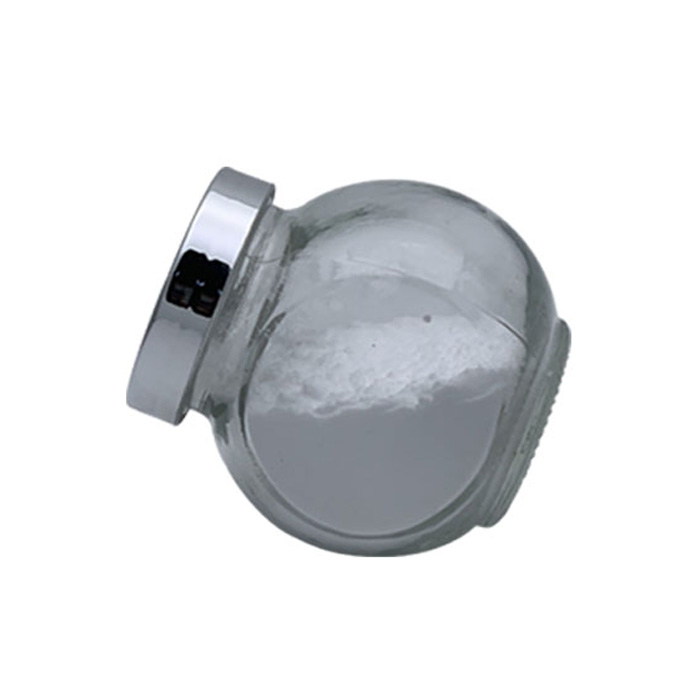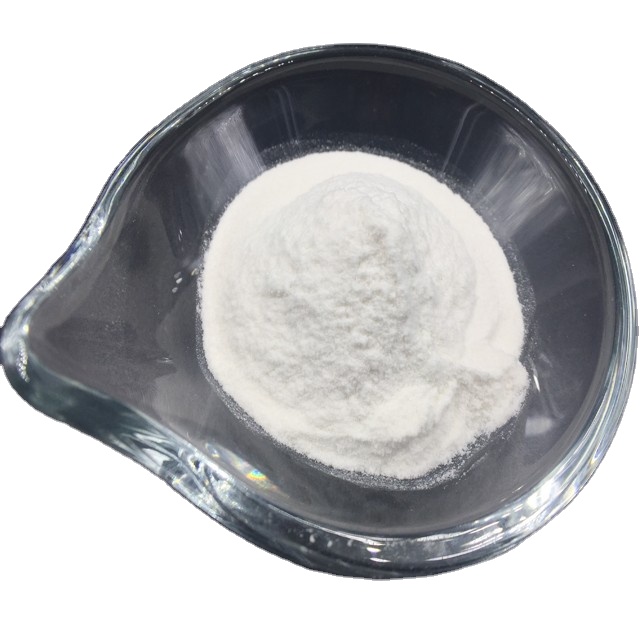In the ever-evolving pharmaceutical field, finding effective and efficient drug formulations is critical. Meglumine, a compound of interest for its unique properties, is a chemical scientifically known as 1-deoxy-1-(methylamino)-D-sorbitol. Derived from glucose, this amino sugar is a white crystalline powder that is nearly odorless and slightly sweet, reminiscent of salty glutinous rice. But what makes meglumine a top player in the pharmaceutical industry? Let’s take a closer look at its applications and benefits.
What is meglumine?
Meglumine is an amino sugar that plays a vital role in enhancing the solubility of various drugs. Its unique chemical structure allows it to interact well with other compounds, making it a valuable asset in drug formulations. This compound is known for its ability to form salts with certain drugs, which can significantly increase their solubility. This is particularly important in the pharmaceutical industry, where the bioavailability of a drug may be a determining factor in its effectiveness.
The role of meglumine in medicines
One of the main applications of meglumine is as a co-solvent in pharmaceutical formulations. In many cases, drugs are poorly soluble in water, which hinders their absorption in the body. By incorporating meglumine into formulations, pharmaceutical scientists can increase the solubility of these drugs, ensuring they are more easily absorbed and utilized by the body.
Additionally, meglumine is used as a surfactant in contrast media. These agents are critical in medical imaging, particularly in procedures such as MRI and CT scans, where they help improve the visibility of internal structures. Meglumine's surfactant properties allow for better dispersion of the contrast agent, resulting in clearer images and more accurate diagnosis.
Benefits of using meglumine
1. Enhanced Solubility: Meglumine's ability to form salts with drugs means that it can significantly increase the solubility of drugs. This is particularly beneficial for difficult-to-dissolve drugs, ensuring patients receive full therapeutic benefit.
2. Improved Bioavailability: By increasing solubility, meglumine also helps improve bioavailability. This means a higher proportion of the drug reaches the systemic circulation, making it more effective.
3. Versatility: Meglumine’s unique properties allow it to be used in a variety of formulations, from oral medications to injectable solutions. Its versatility makes it a valuable ingredient in the pharmaceutical toolbox.
4. SAFE: As an amino sugar derived from glucose, meglumine is generally considered safe for use in pharmaceuticals. This safety profile is critical to ensuring patients can benefit from the drug without undue risks.
All in all, meglumine is more than just a compound; It is an important component of effective pharmaceutical preparations. Its ability to enhance solubility, improve bioavailability and act as a surfactant in contrast agents makes it an indispensable tool for pharmaceutical scientists. As research continues to uncover new applications and benefits for meglumine, its role in the industry is likely to expand, paving the way for more effective and accessible medications. Whether you are a healthcare professional, a researcher, or someone simply interested in pharmaceutical science, understanding the potential of meglumine is critical to understanding the complexities of drug formulation and delivery.


Post time: Oct-29-2024

